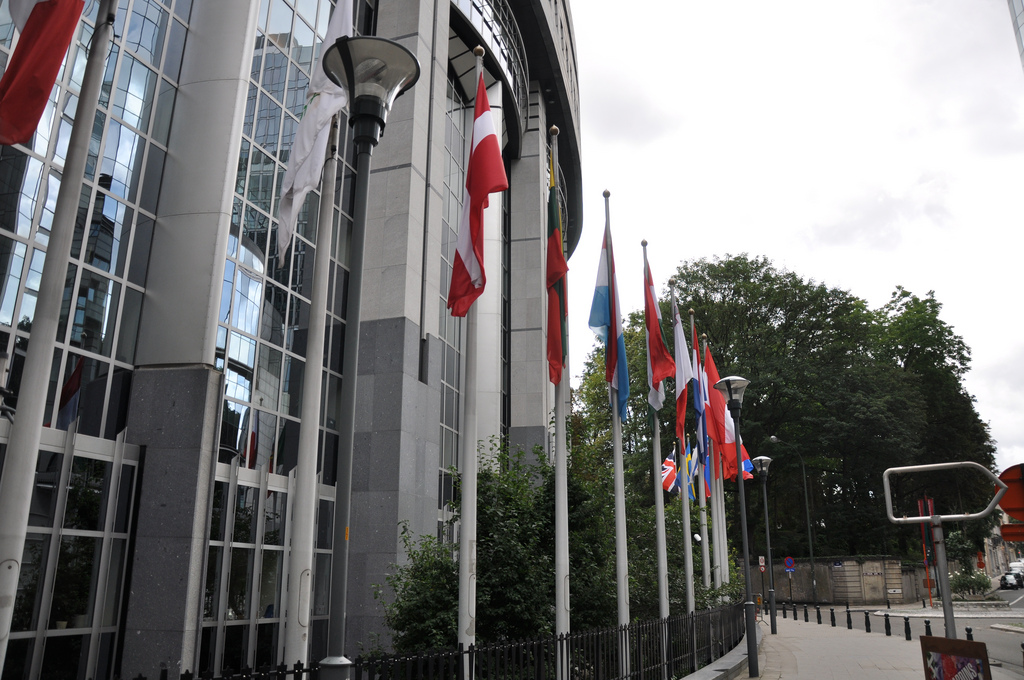Proposal for a European Energy Roadmap 2050
The Energy Roadmap aims at unifying the different national grids, allowing an exchange of renewable sources of electricity amongst members due to different levels of specialisation across the EU.
The project is based on a previous idea called Roadmap 2050, that proposed the wholesale transformation of Europe’s energy infrastructure – away from fossil fuels, towards renewable energy sources – with the aim of cutting Europe’s greenhouse gas emissions by 80% in 2050. The idea was simple: the integration of national energy grids into a Europe-wide supergrid would permit the sharing and exchange of different forms of renewable energy between nations. In terms of Europe’s energy supply, this would be nothing short of a revolution. Rather than each nation having to pursue a full mix of energy sources within its own territory, EU nations could be free to engage in extreme a degree of specialization, whereby each EU member state could focus on the type of (renewable) energy best suited to its specific geography and climate, and still be insulated from the supply fluctuations of renewable energy.
According to the article, the real aim was to create a situation were Europe could become self-sufficient in its energy supplyand be independence from external energy providers in exchange for increased energy interdependence between EU member states. Strangely enough, the byproduct of this essentially technical exercise turned out to be a more compelling case for European integration than any which had ever been made in the political arena. For a while it looked as though European integration, 60 years after the formation of the European Coal and Steel Community, could once again become an industrial project, this time with the building of an integrated energy infrastructure at its center: the transformation of national power sectors into a single integrated mutually reinforcing system of energy provision, turning Europe’s diversity into the ultimate strategic advantage.
Again, most of this was in 2010. The article states that much has happened since. Nuclear energy is being relegated to a second position and the political and economical turmoil are still present; creating a noteworthy effect.
The same source reflects that the recent events in Ukraine and the overt threats of Russia to use its gas supplies as a means that creating this self-sufficient, ‘energy independent’ Europe acquires an acute appeal. At the time of its launch in 2010, Roadmap 2050 was primarily driven by technological and environmental parameters; today, it is first and foremost the political aspect that grants the project a renewed momentum. Roadmap 2050 could provide Europe the necessary energy security, so it can remain firm about its democratic principles. Energy is primarily exchanged between European states that have committed to the same values and the dependence on outsiders is drastically reduced. The beauty of the idea lies in that within the proposed system no single European state can ever claim a monopoly on energy provision.
The article finally highlights that dependencies shift over time. The very strength of the project resides in the fact that it ultimately does not assume energy is ever un-political and the profound knowledge that a Europe that relies on energy provided by those who do not share its principles may ultimately well be a Europe unable to afford those principles.
Source: This Big City Website


















